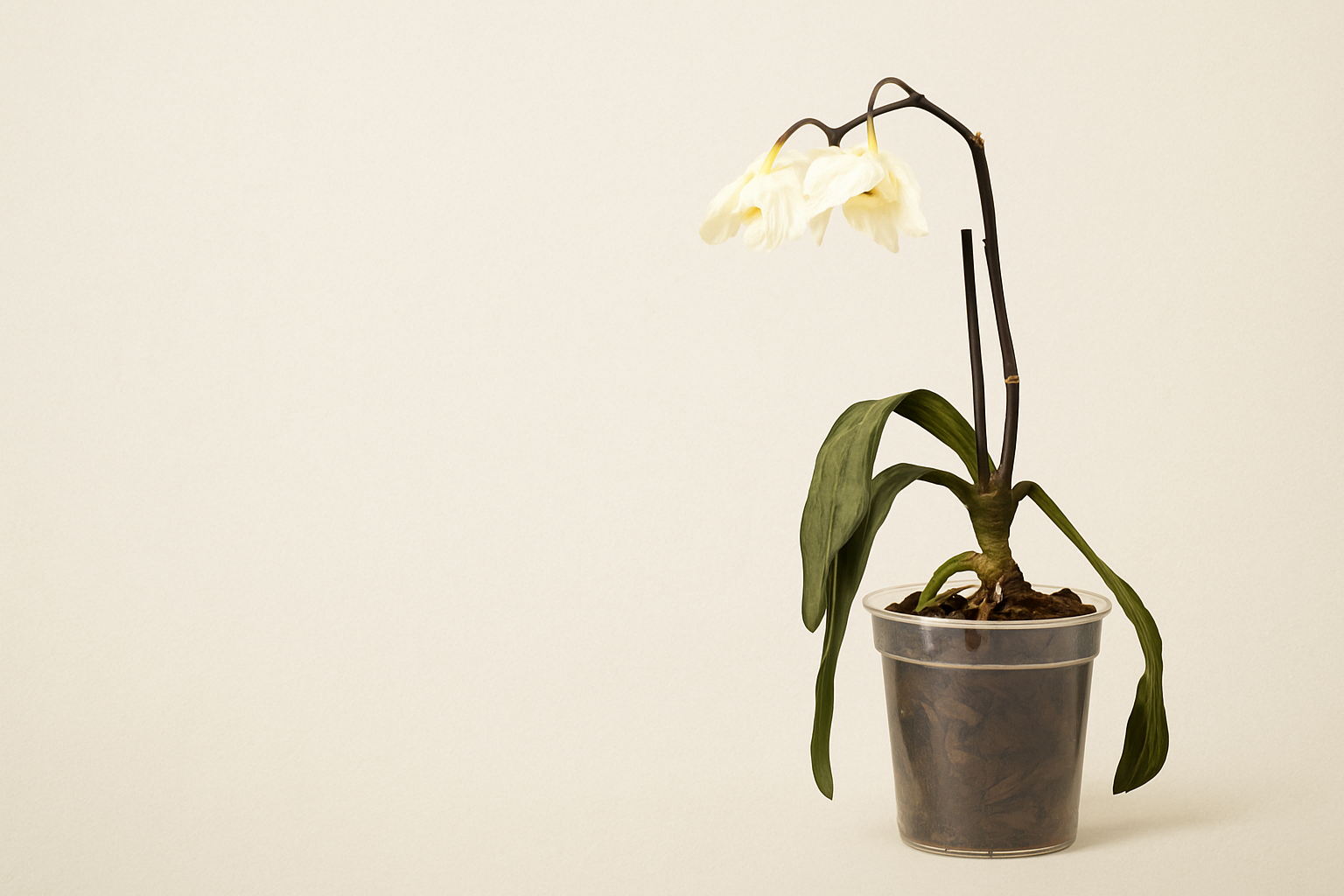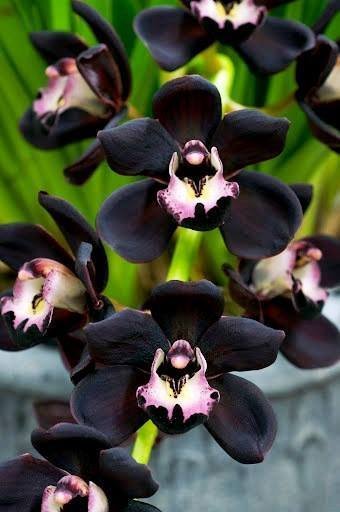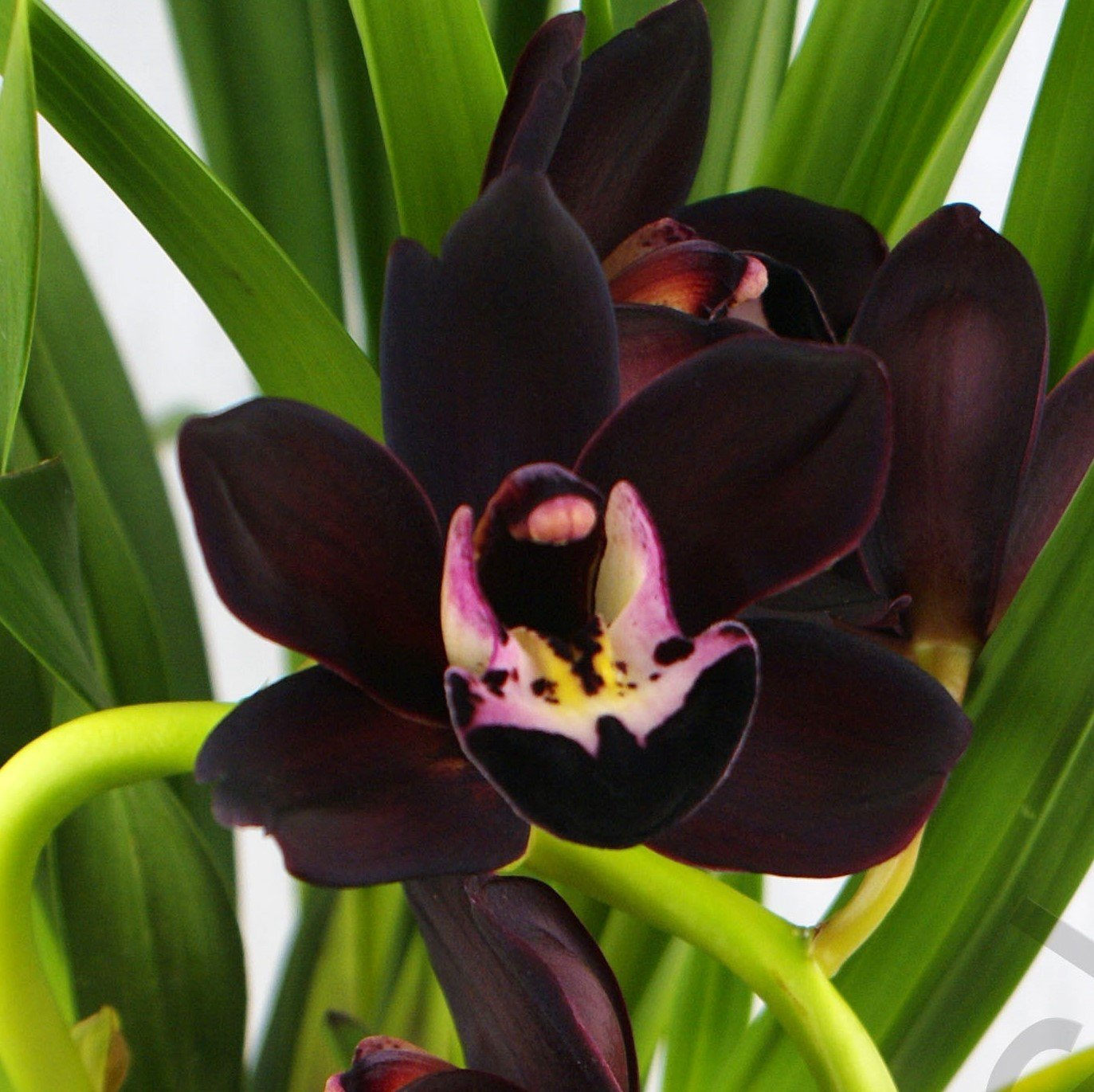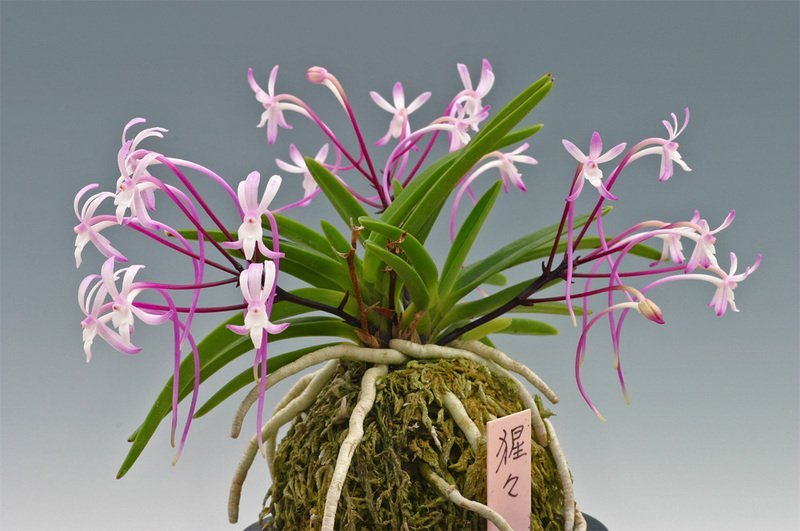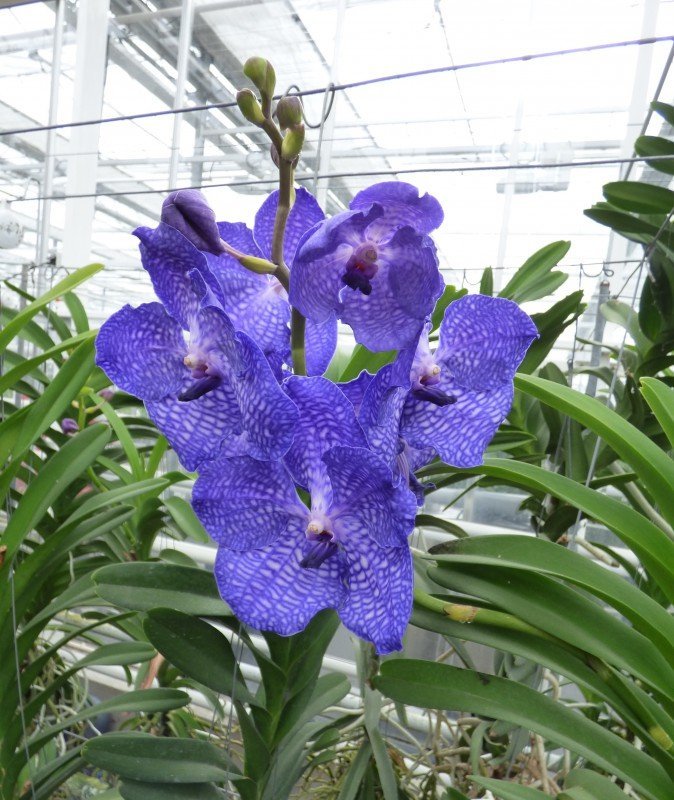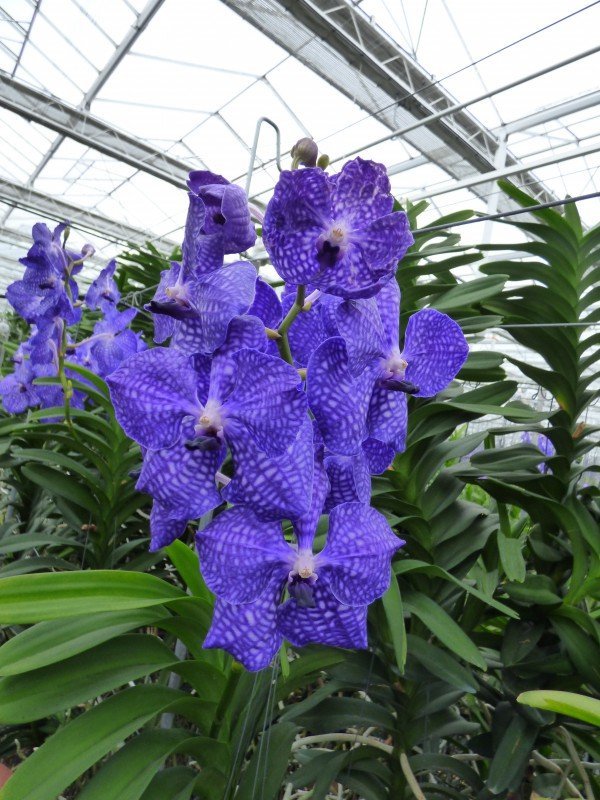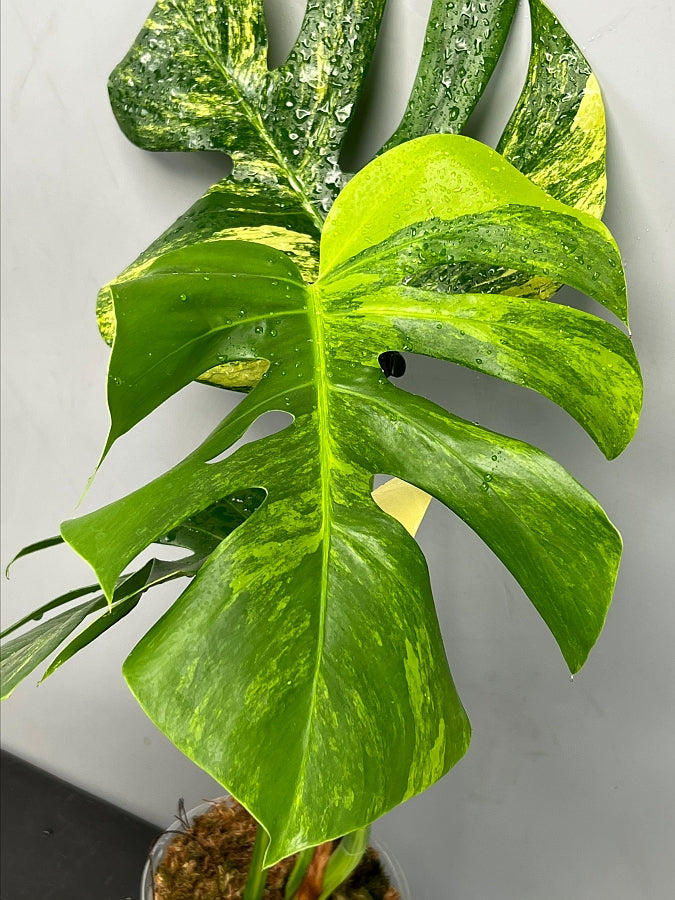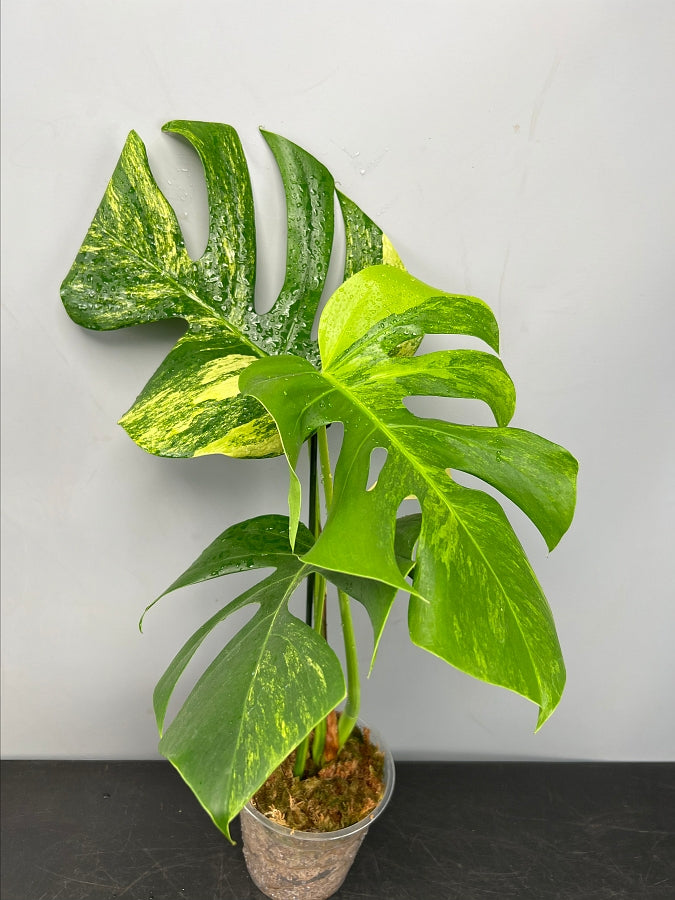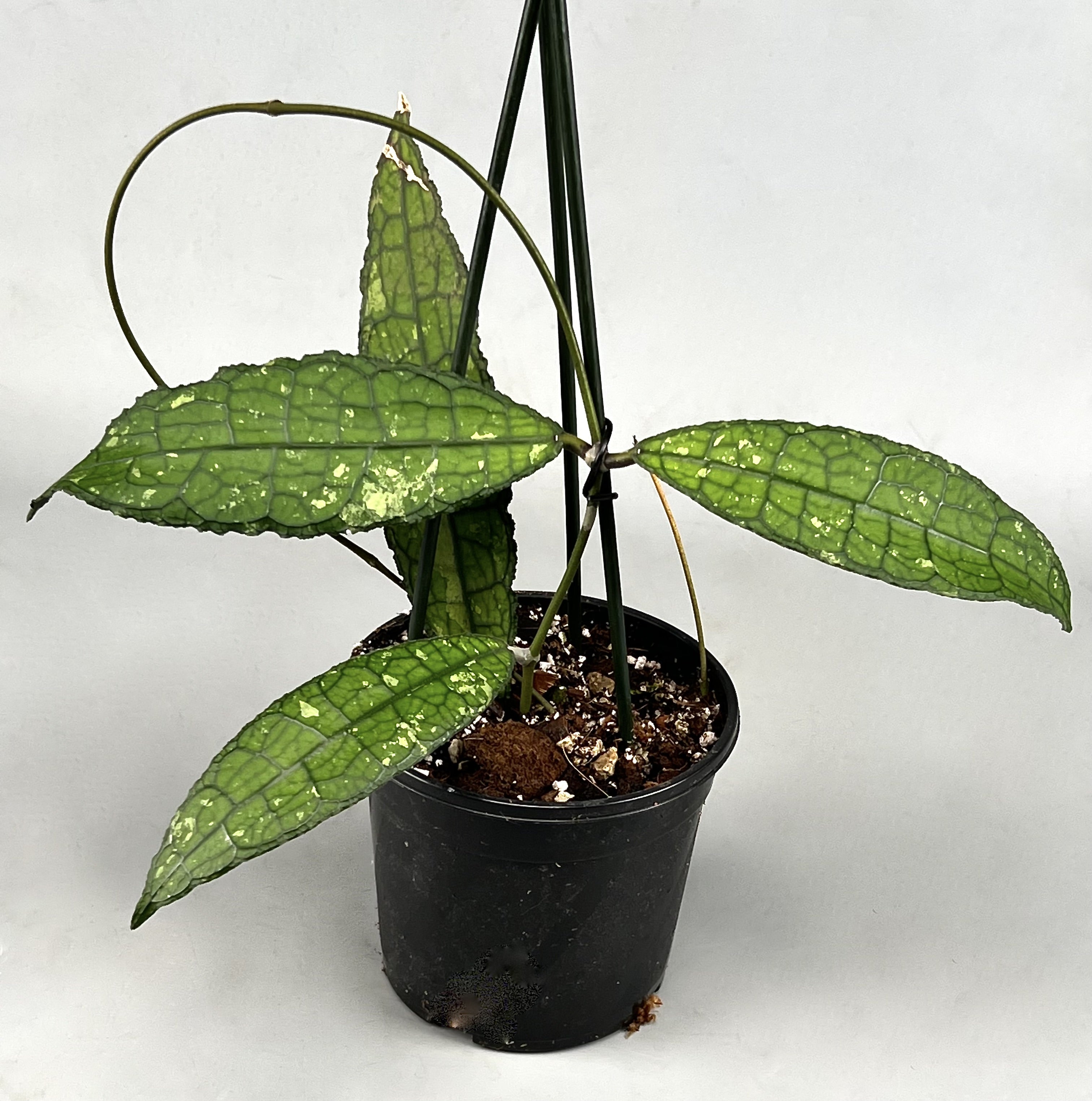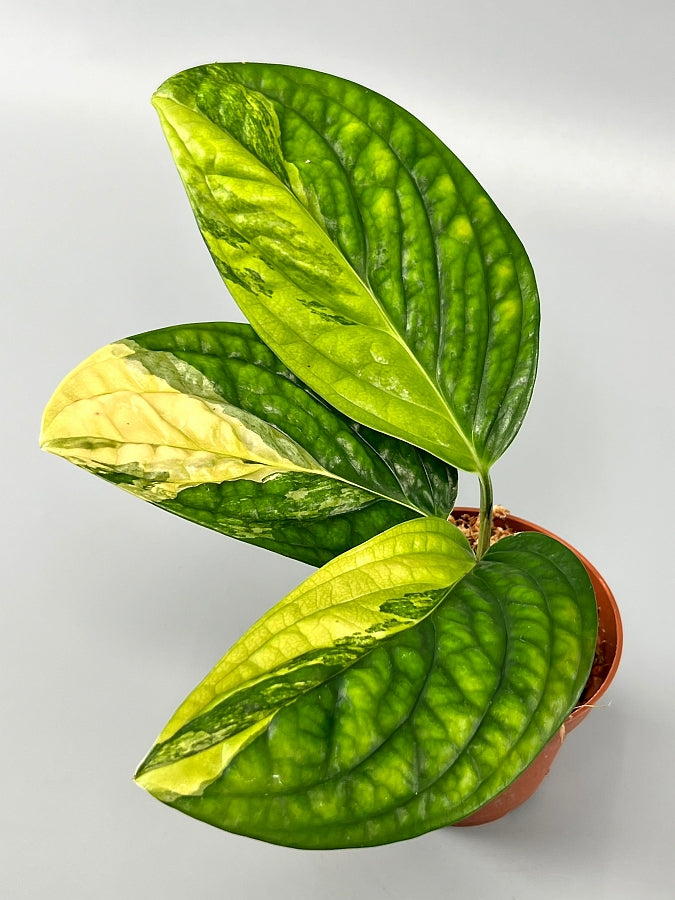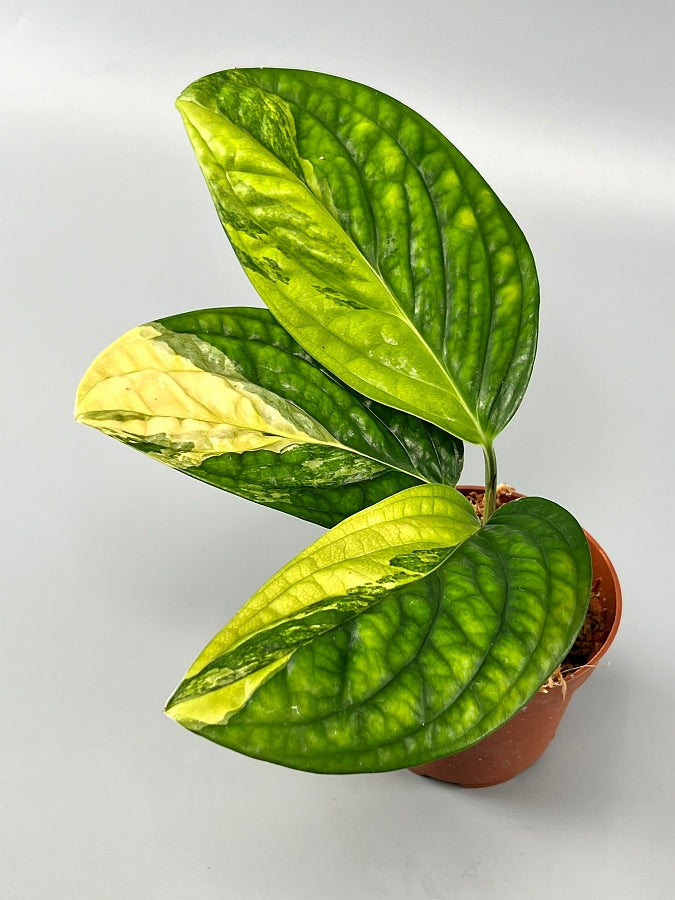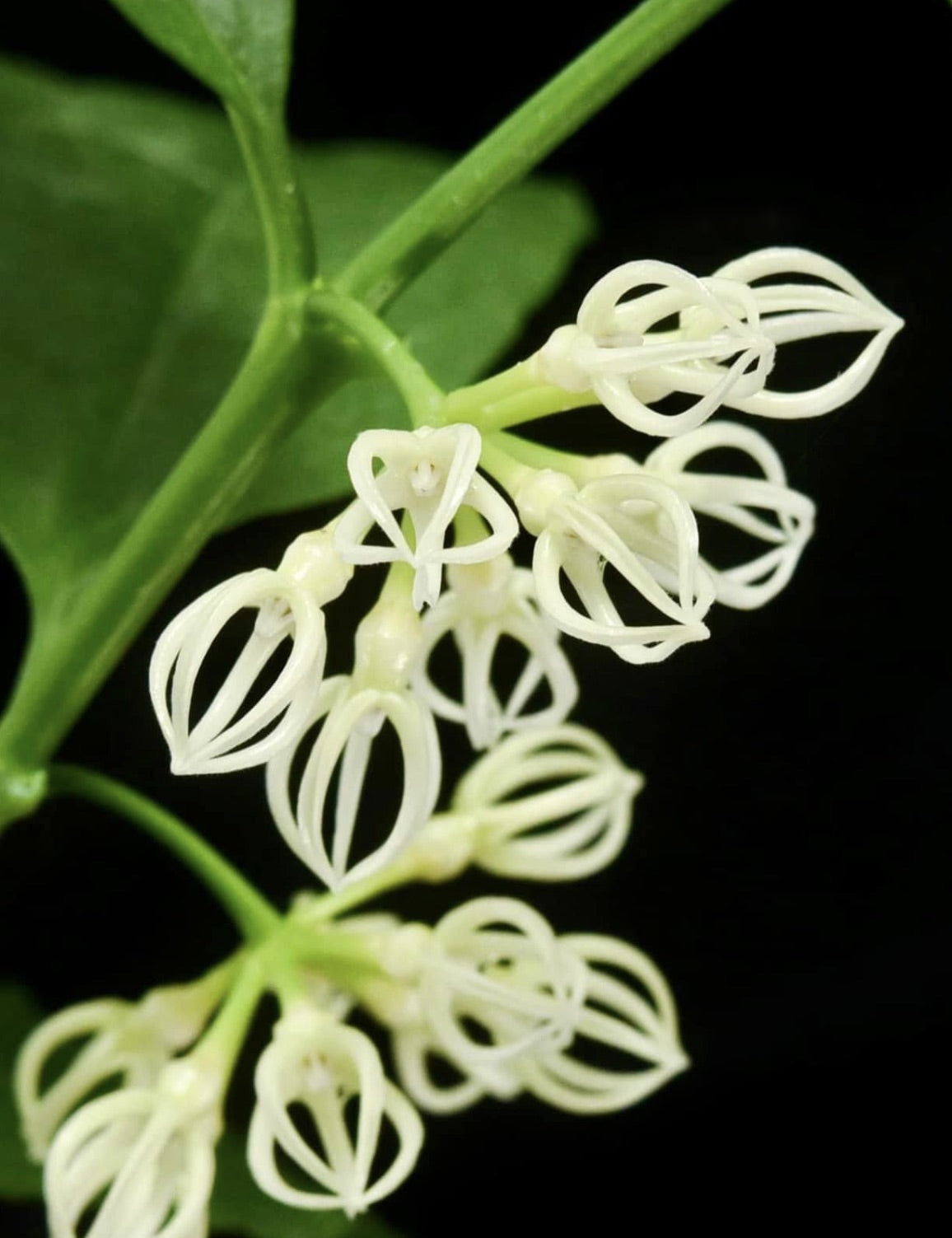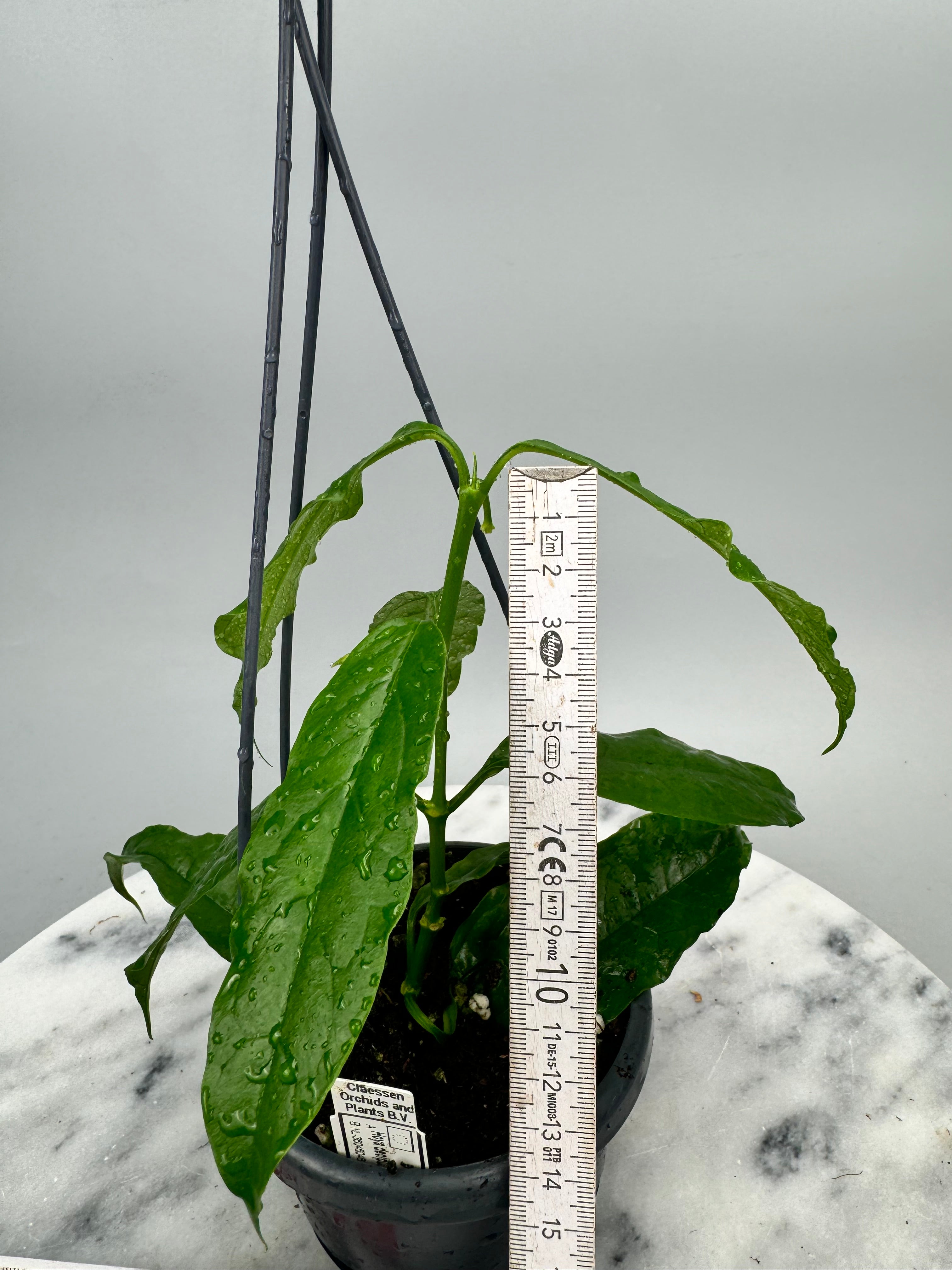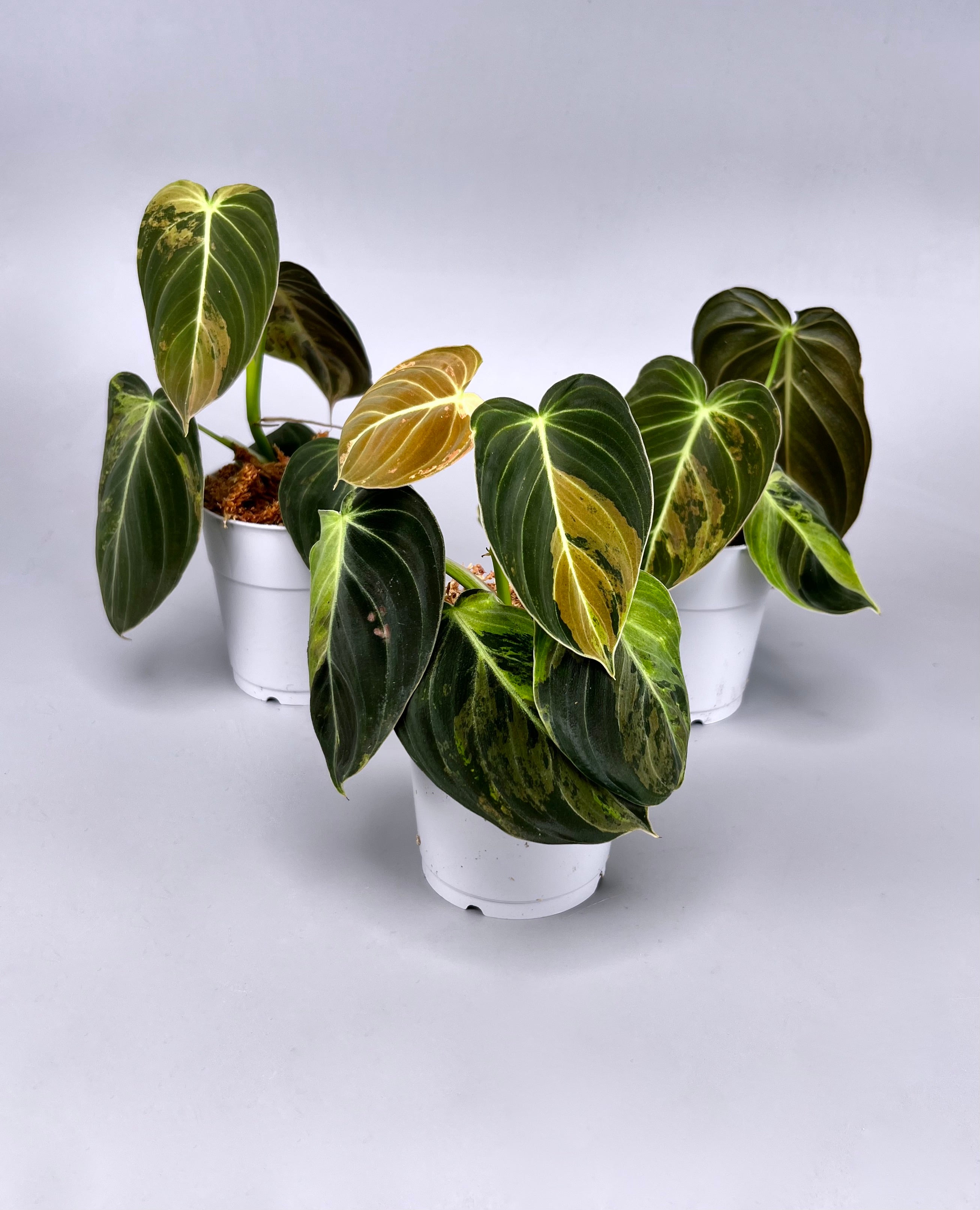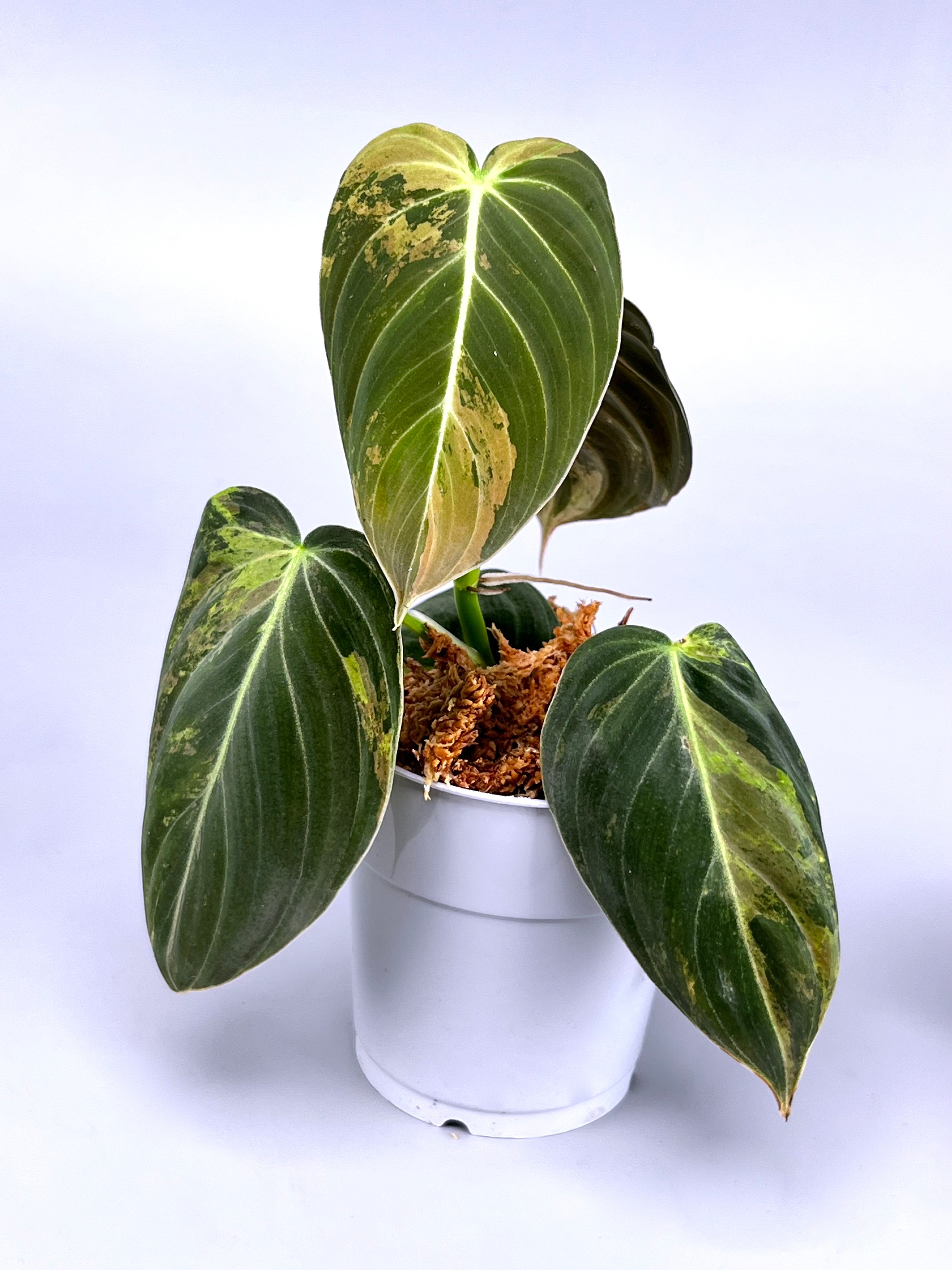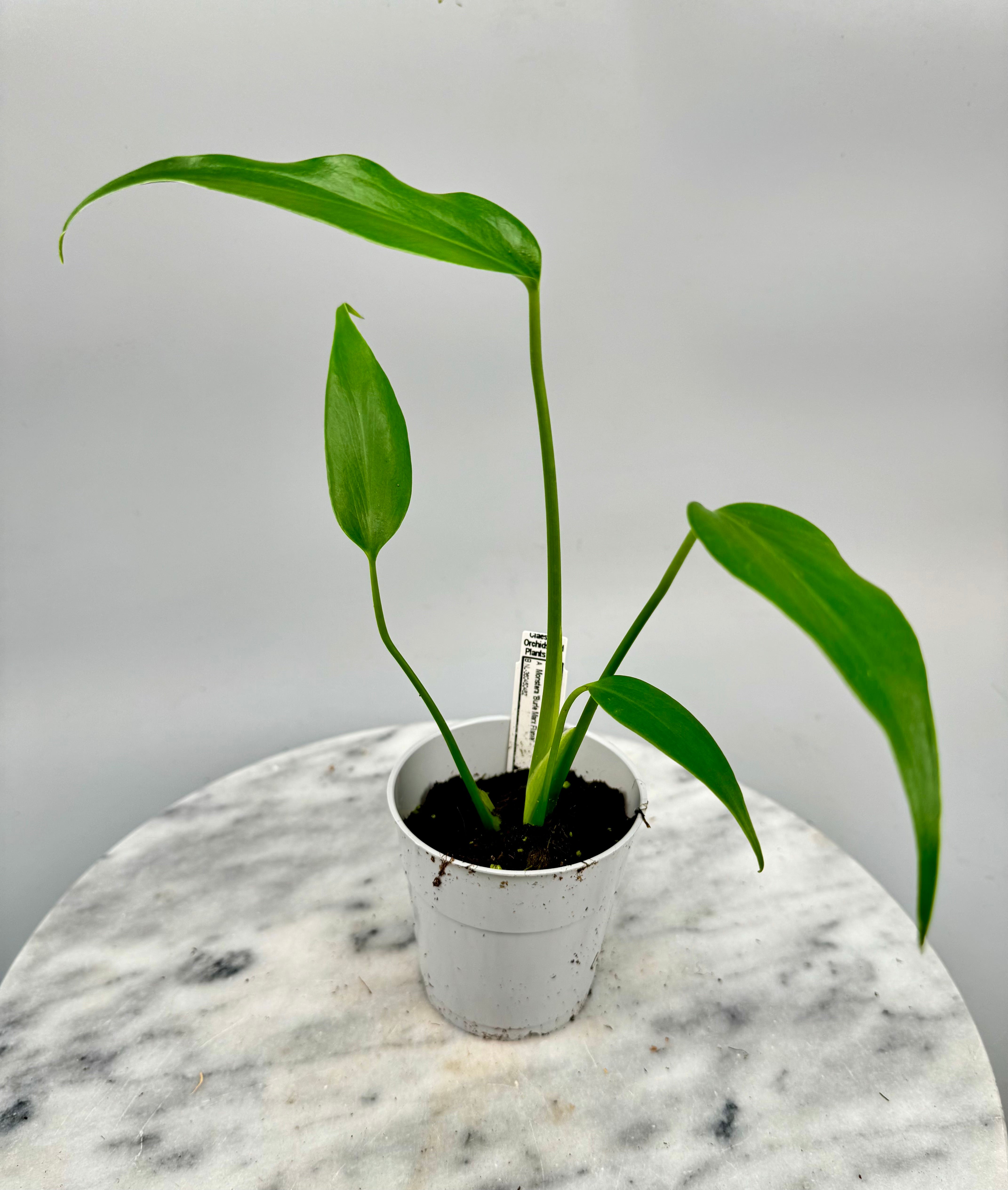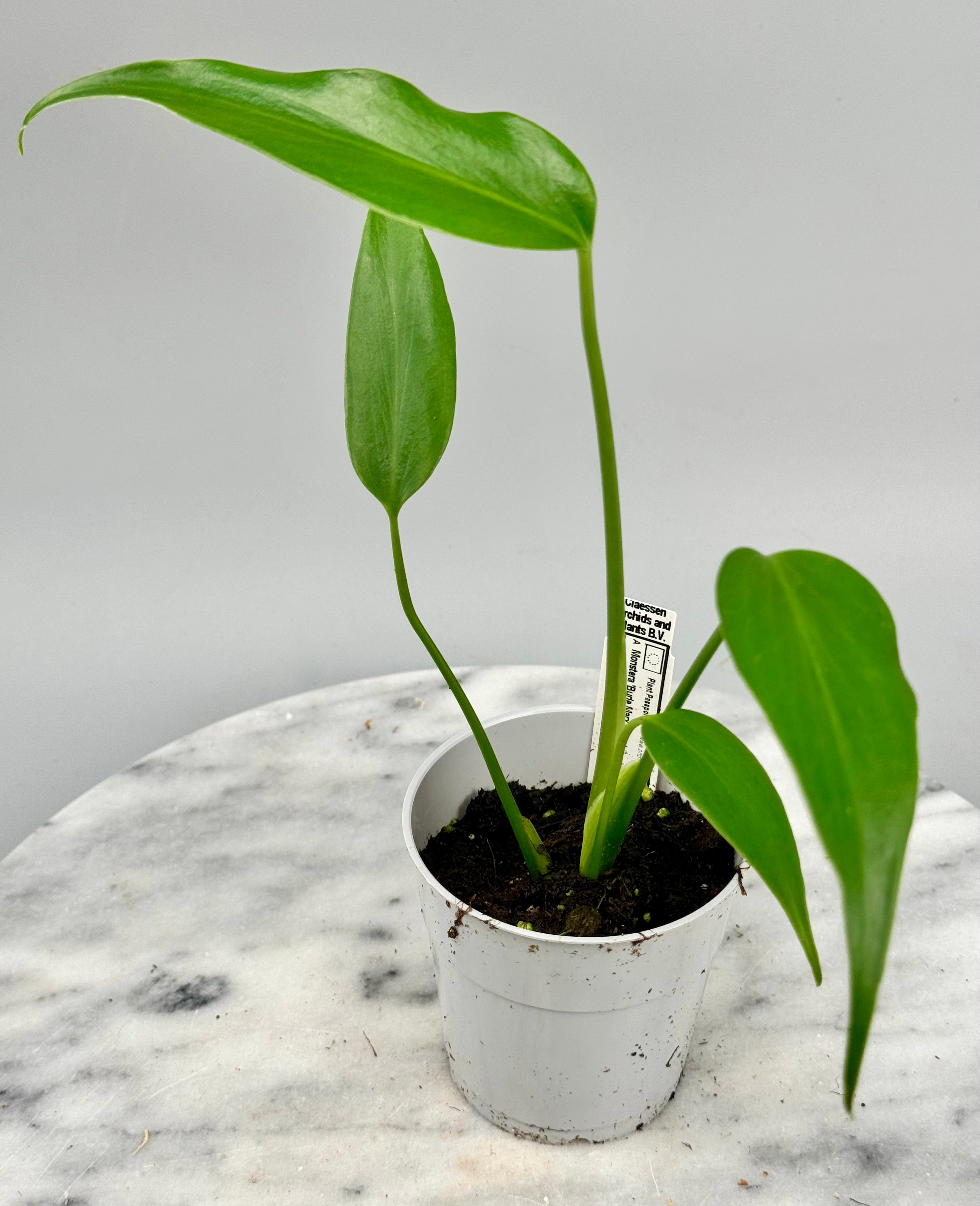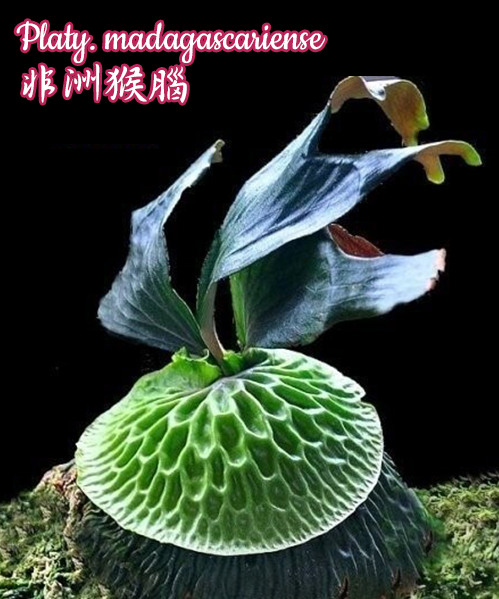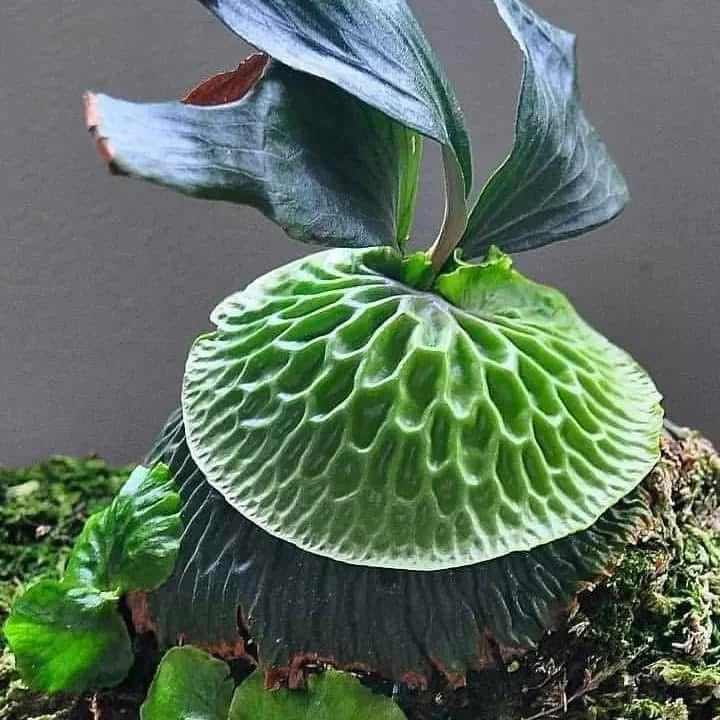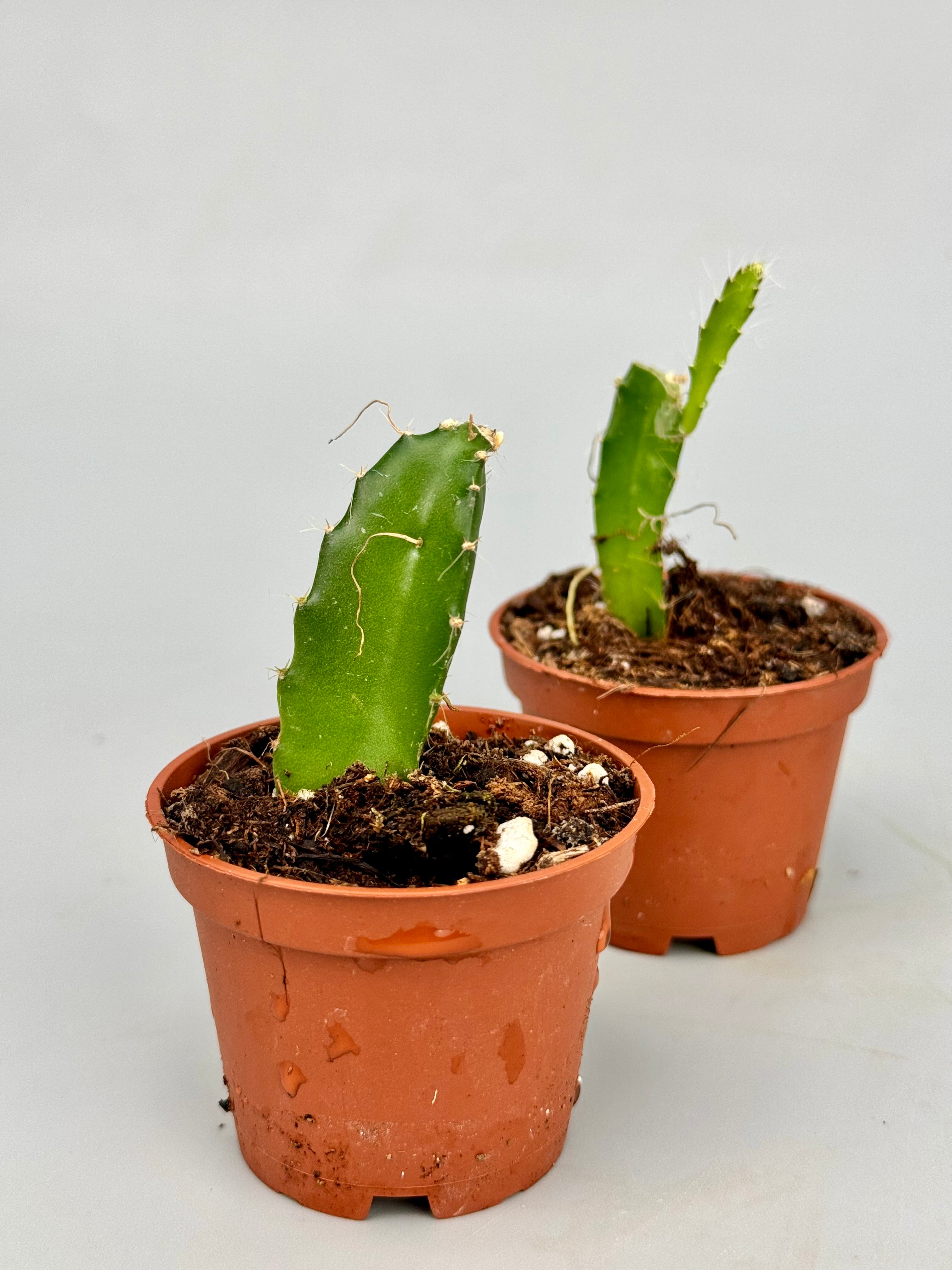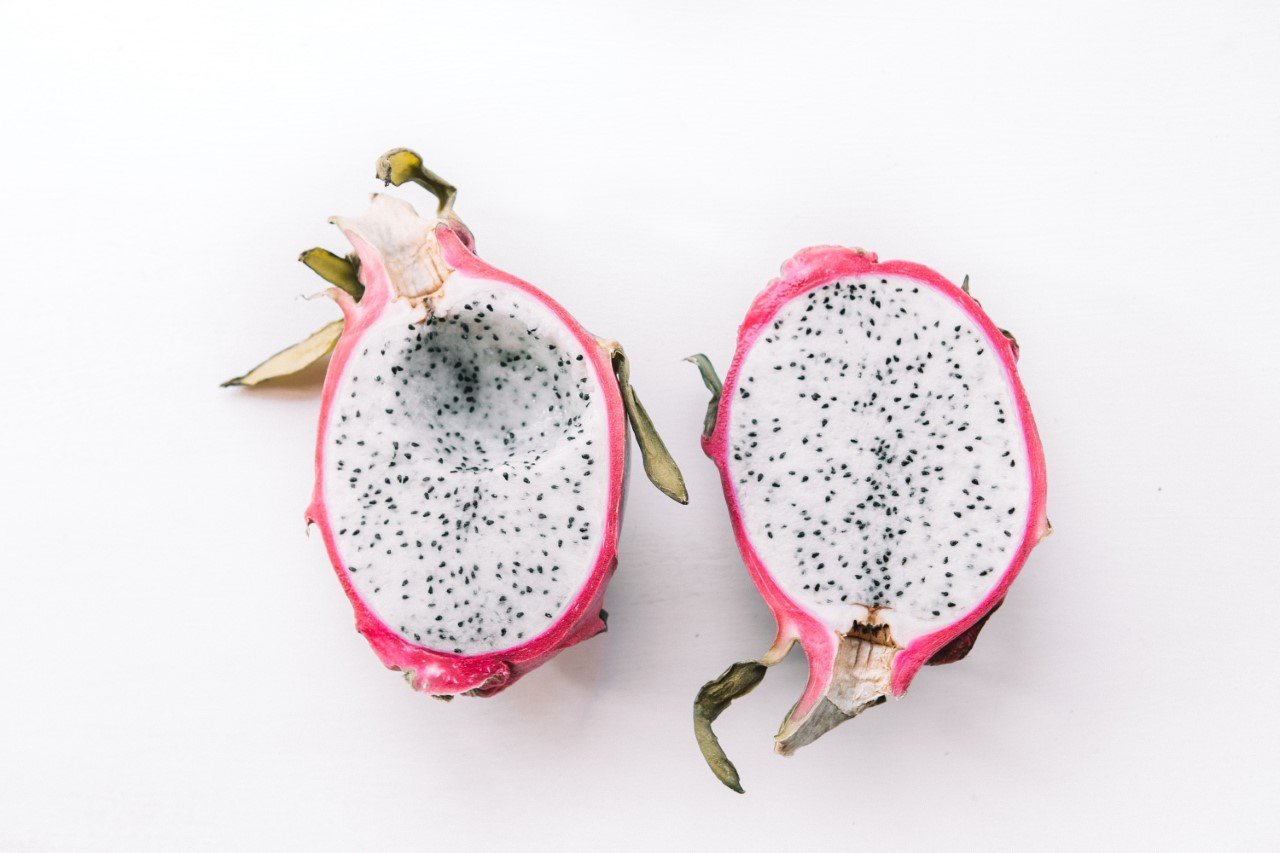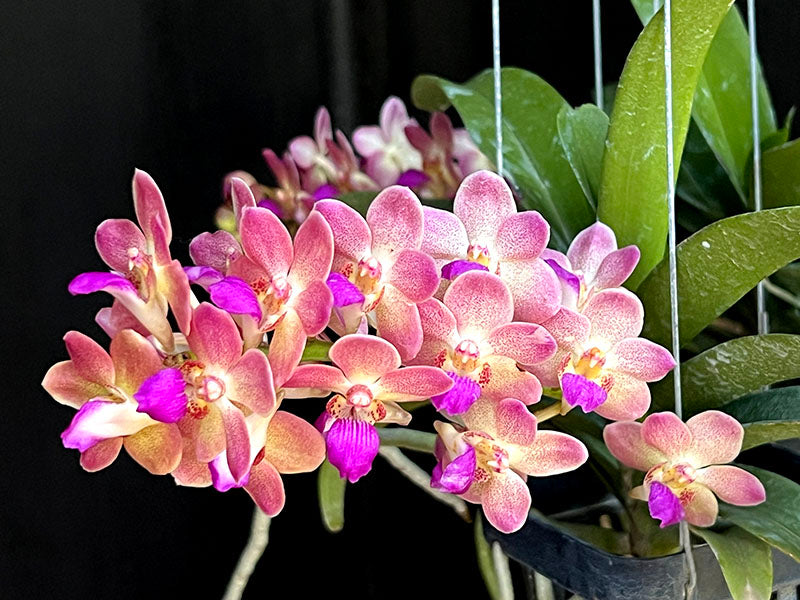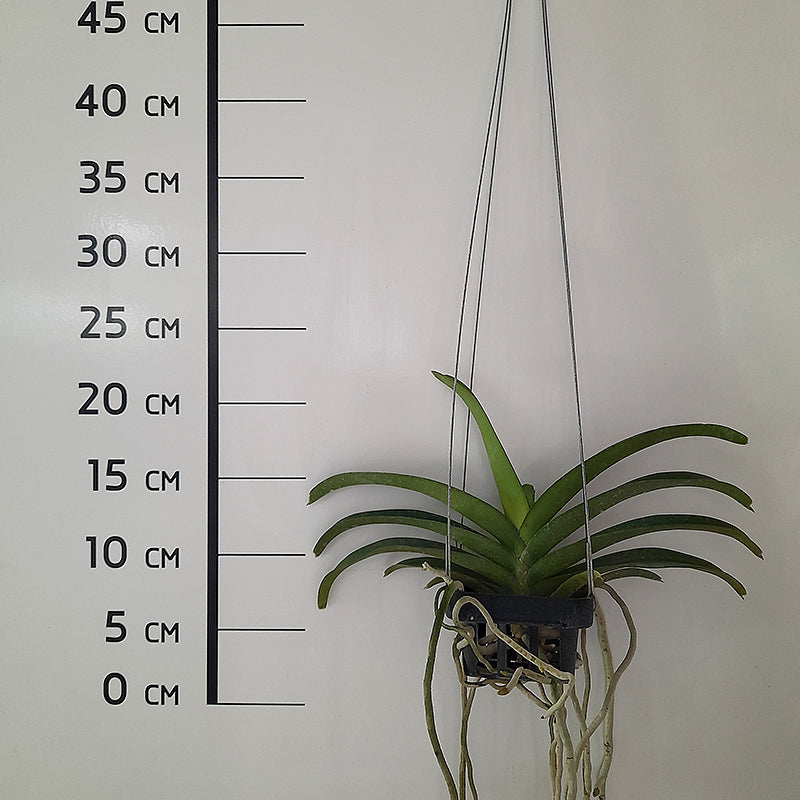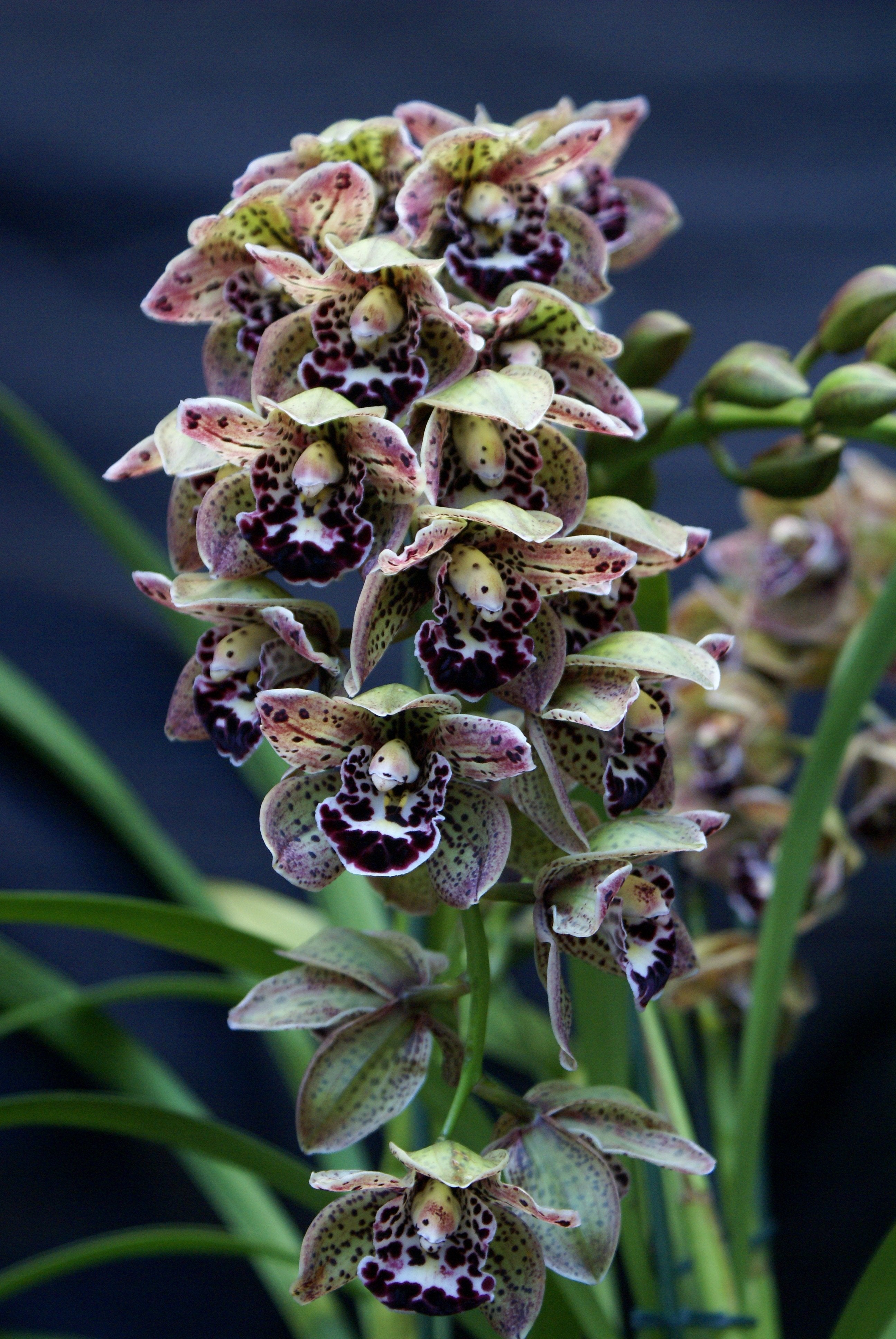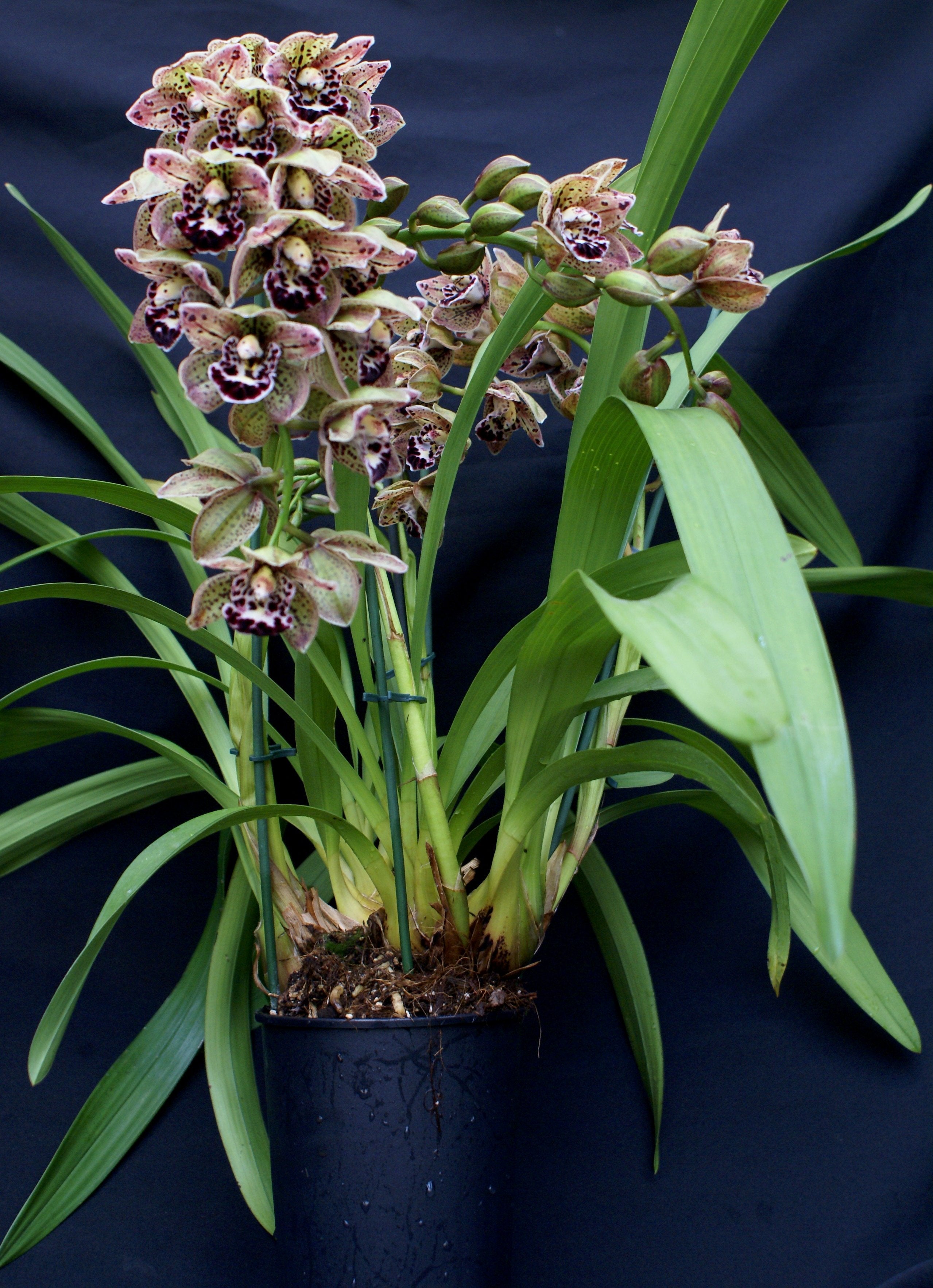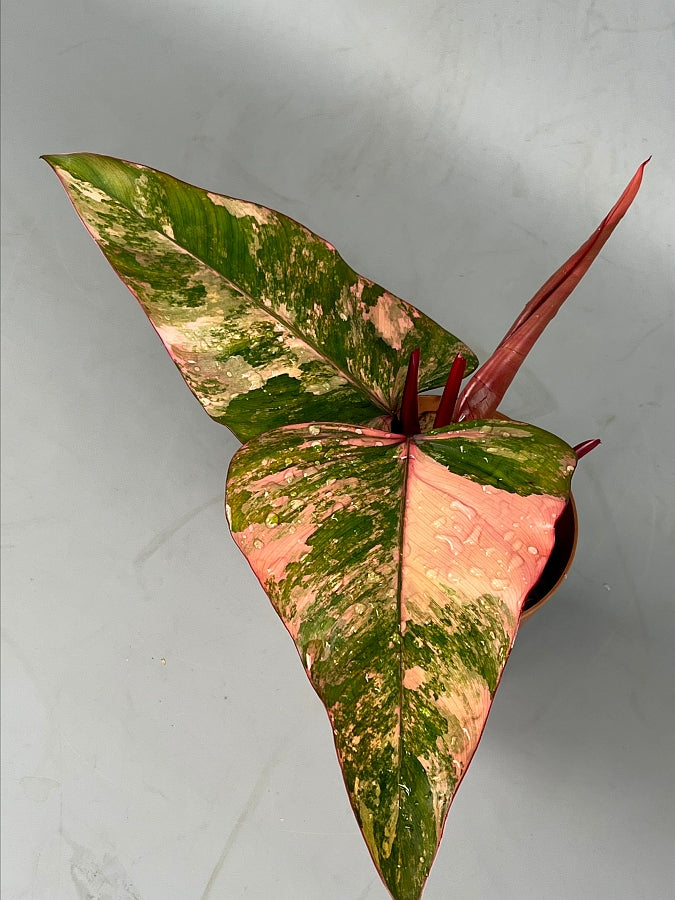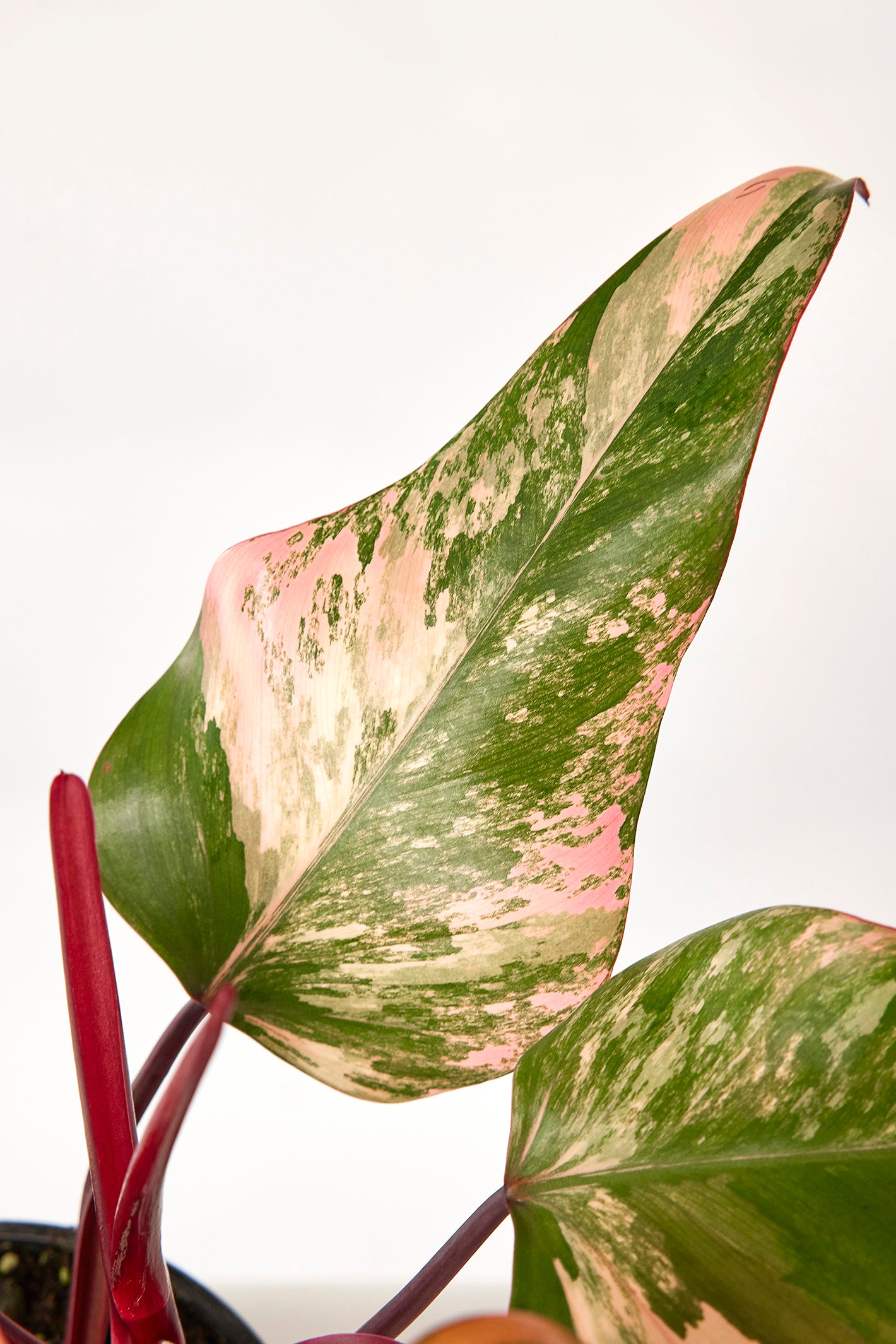An orchid is a beautiful, exotic plant - but sometimes it seems like it just suddenly loses its leaves, drops its flowers or even dies completely. You take care of it with love, so why does it still die? Don't panic: most orchids don't die suddenly, but give off signals that something is wrong. In this blog you will read about the most common causes and what you can do about it.
1. Too much or too little water
By far the most common reason for an orchid's decline is improper watering. Too much water causes root rot, while too little water causes the plant to dry out.
- Too much water can be recognized by soft, brown roots and yellow leaves that fall off quickly.
- Too little water, on the other hand, causes wrinkly leaves and shriveled roots.
💡 Solution: Give your orchid a small amount of demineralized water once a week, or submerge the pot for 15 minutes. Make sure excess water can drain properly.
2. Wrong location
Orchids like light, but not direct sunlight. Do you put the plant on a south-facing windowsill with no filtering? Then the leaves can burn. Is it placed too dark? Then flowering stops and the plant slowly weakens.
💡 Solution: Choose a bright spot with indirect sunlight, such as a window facing east or west. In summer, you can filter brighter light with a curtain.
3. Humidity too low
Especially in winter, when the heating is on, indoor air dries out quickly. For a tropical plant like the orchid, this is quite a challenge.
💡 Solution: Put a humidifier in the room, or place your orchid on a bowl with water and pebbles (without the pot touching the water). Regular spraying with demineralized water also helps.
4. Wrong temperature
Most orchids thrive at room temperatures between 18 and 24 degrees. But drafts, cold nights or sudden temperature changes can be harmful.
💡 Solution: Avoid drafty windows, cold windowsills and warm places close to heaters. Maintain a constant temperature, especially at night.
5. Exhausted or unsuitable potting soil.
Orchids do not grow in ordinary potting soil, but in an aerated substrate - usually bark. Over time, this substrate breaks down, allowing less air to reach the roots.
💡 Solution: Repot your orchid every two to three years in fresh orchid bark. Never use regular potting soil.
6. No dormancy period
Some orchids, such as Dendrobium and Catasetum, need a rest period after flowering. Continuing to water as usual can interfere with recovery.
💡 Solution: Inform yourself well about the species you have. Does your orchid need a rest period? If so, put her temporarily cooler, water less and wait for new growth.
Conclusion
A dying orchid is rarely really dead - usually it is confused, exhausted or mishandled. By paying close attention to the signals your plant is giving, you can often still intervene. A healthy orchid will reward your patience with lush flowers and fresh, glossy leaves. And remember: making mistakes is part of the deal. Every orchid teaches you something new.

